Walking through the entrance of the Eden Project in Cornwall genuinely felt like stepping into another world. Massive glass biomes rose up from the landscape, promising a wild journey through vibrant rainforests and peaceful Mediterranean gardens—all under one roof.
Inside, I found myself surrounded by lush greenery, thick humid air, and plants from every corner of the globe, and I hadn’t even left England.
As I wandered the tropical paths, breathing in the sweet smell of citrus, every turn brought a new surprise. Towering palms, waterfalls, and hidden trails made me forget Cornwall’s weather outside.
The contrast between the steamy jungle and the calm, sunlit Mediterranean exhibit made the whole thing feel like a global adventure in just one afternoon.
I loved discovering so many ecosystems in one spot—it was fun, but also sneakily educational. Whether you’re hunting for travel inspiration or just curious about the world’s biggest indoor rainforest, the Eden Project really delivers.
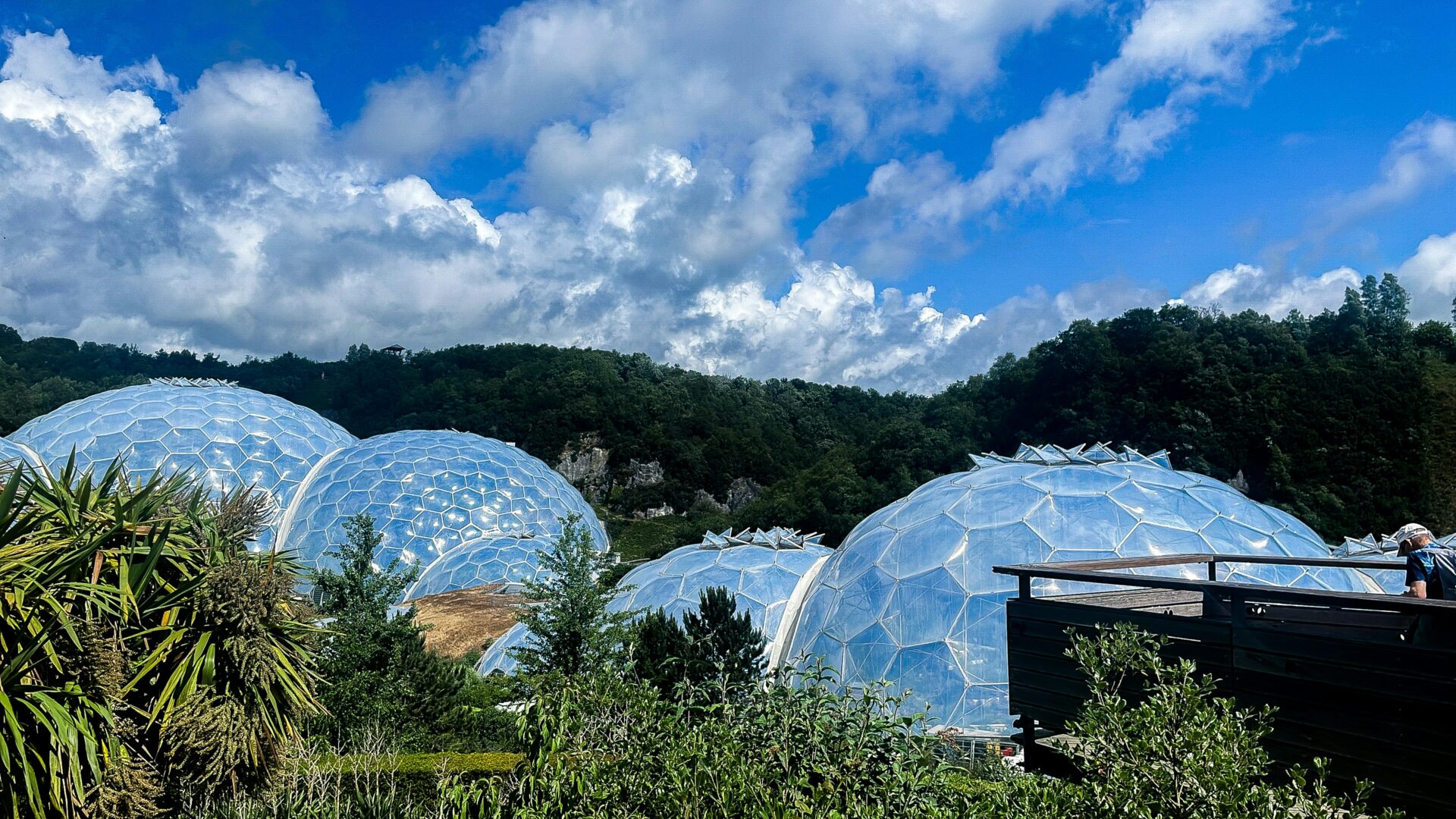
Discovering the Eden Project: A Portal to Other Worlds
When I walked into the Eden Project, giant biomes and lush greenery surrounded me, set against the rolling hills of Cornwall. My visit started with learning the story behind this unique eco attraction, then I dove right into exploring the site.
The Vision of Tim Smit and the Genesis of the Eden Project
Before I ever set foot in Cornwall, the story of Tim Smit, the Eden Project’s founder, pulled me in. He started the project in a former clay pit near St Austell, turning a barren crater into a world-famous eco-destination.
Smit wanted to help people connect with nature using living exhibits—not just words and pictures.
Thanks to his vision and a determined team, the Eden Project opened in 2001 with its huge, bubble-shaped biomes. Each one houses plants from rainforests and Mediterranean landscapes.
They aimed for more than just building greenhouses; they focused on sustainability, learning, and inspiring visitors to care for the environment. The site now buzzes with research, community, and educational programs.
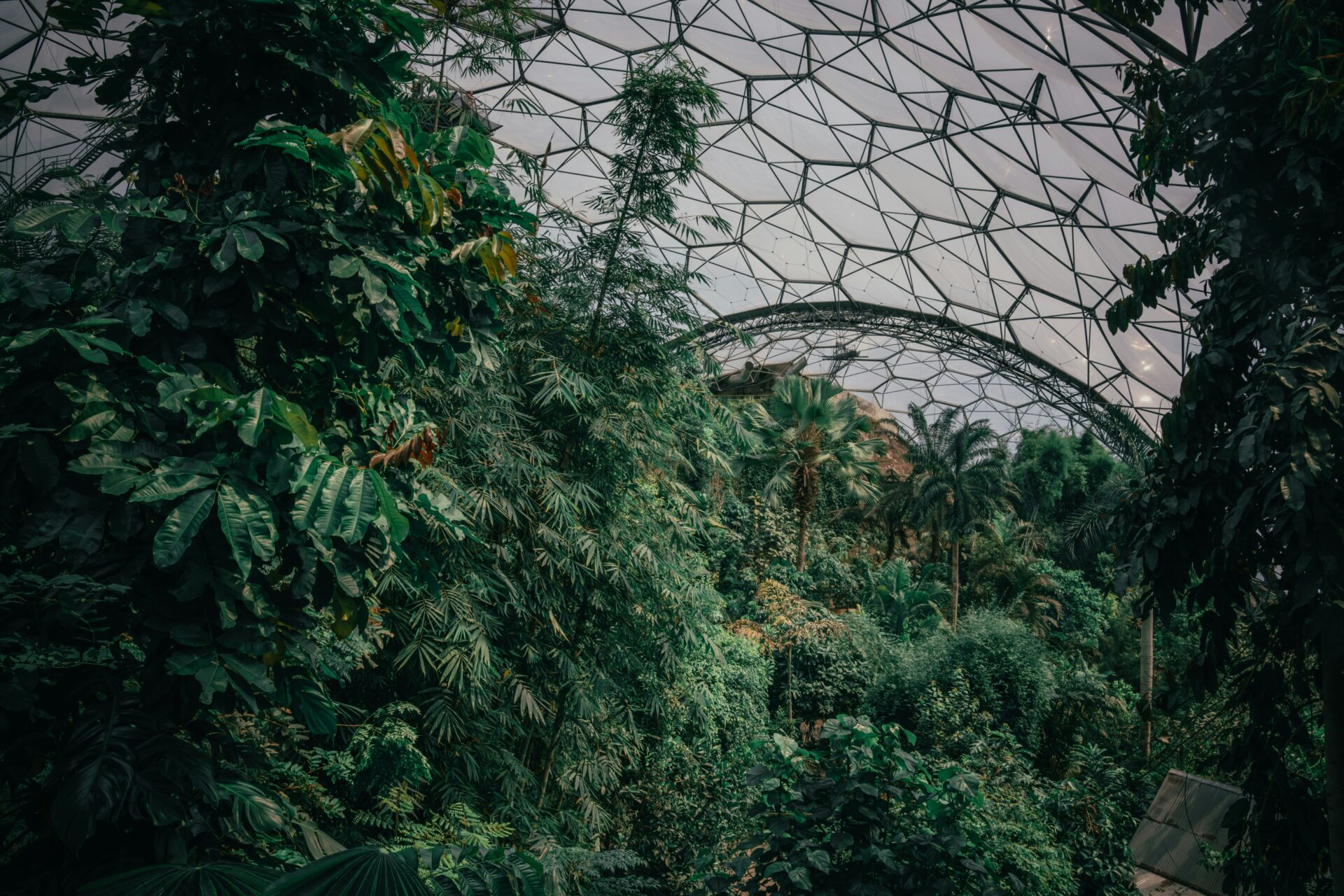
First Impressions: Arriving in Cornwall and St Austell
Arriving in Cornwall, the countryside looked green and hilly, dotted with small towns like St Austell. The closest train station is right in St Austell, so I started my journey there.
As soon as I stepped off the train, signs pointed me toward the Eden Project, making the last bit of travel pretty easy. A short taxi or bus ride drops you right at the entrance.
When I arrived, the first thing that hit me was the futuristic outline of the biomes against the rural landscape. Even before going inside, I could tell this was going to be something special.
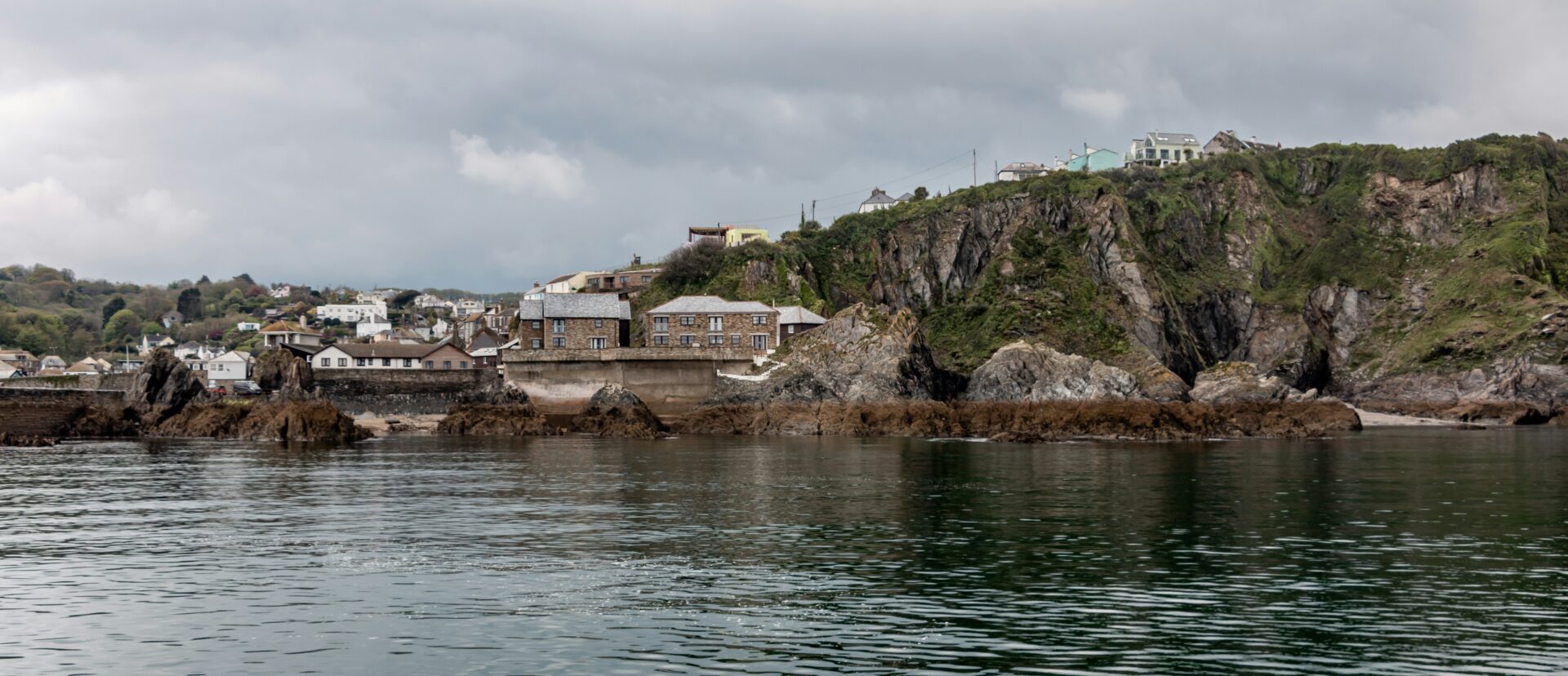
Navigating the Site: Shuttle Bus, Core, and Outdoor Gardens
Once inside, I quickly realized Eden Project covers a huge area—way more than just the famous biomes. A free shuttle bus loops from the entrance to main points like the Core building and the biomes, which I really appreciated after a lot of walking.
The Core, shaped like a giant sunflower, is Eden’s education center. Inside, hands-on exhibits and art displays explain nature’s wonders in simple, memorable ways.
Next, the outdoor gardens spread across the site, growing native plants and crops. Paths wind through them, letting me discover rare flowers and local sculptures at my own pace.
A handy site map and clear signposts made moving around easy. Whether I walked or took the bus, I could make up my own route and not worry about missing anything important.

Rainforest Biome: Immersed in a Living Jungle
Stepping into the Rainforest Biome at the Eden Project felt like entering another world entirely. Lush greenery, towering trees, bursts of color from wild flowers, and the steady hum of moisture all mixed together to create something overwhelming and beautiful.
Walking the Canopy Walkway Among Tropical Trees
The Canopy Walkway stood out as my favorite spot in the whole biome. Suspended high above the ground, this walkway twists through the tops of towering tropical trees.
The view from up here? Just incredible. I could see the entire rainforest stretched out below in layers of green.
The air felt warmer, thick with the scent of earth and wet leaves—just like real rainforests in South America or Southeast Asia. Signs along the path explained the importance of the canopy, where over half of the rainforest’s wildlife lives.
The walkway felt safe and accessible, even for folks who aren’t fans of heights. Benches and shaded spots let me stop, rest, and just soak in the view.
I snapped a bunch of photos—honestly, the light streaming through the leaves looked so magical, I didn’t even need filters.

Unique Plants and Flowers of the Rainforest Biome
Everywhere I looked, there were strange leaves, bright flowers, and thick vines climbing toward the roof. The Eden Project’s rainforest biome is packed with thousands of exotic plants from West Africa, tropical islands, and the Amazon.
Some of them were enormous—leaves bigger than my backpack!
Table: Notable Rainforest Plants I Saw
| Plant Name | Origin | Unique Feature |
|---|---|---|
| Giant Bamboo | Southeast Asia | Tallest grass species |
| Titan Arum | Sumatra, Indonesia | Massive “corpse flower” with a strong smell |
| Cocoa | Tropical America | Source of chocolate |
| Rubber Tree | South America | Milky sap for latex |
I wandered the winding paths, following signs and guides pointing out which plants give us things like chocolate, coffee, and spices. The colors and scents kept changing as I explored deeper, with orchids blooming against mossy tree trunks.

Spotlight on Sustainability and Microbes
What surprised me most? The Eden Project really shines a light on sustainability. This indoor rainforest isn’t just for show—it actually teaches visitors about conservation, climate change, and the tiny lifeforms that keep everything running.
I played with interactive displays about how microbes help soil stay healthy and keep carbon cycling. Staff explained how they use controlled watering, heat, and humidity powered by renewable energy inside the biome.
They even recycle rainwater. I learned how microbes break down dead leaves and keep plants healthy, acting as the rainforest’s invisible clean-up crew.
Ways Eden Project Practices Sustainability:
- Collecting and reusing rainwater
- Using eco-friendly heating systems
- Teaching the public about conservation
- Protecting plant diversity
At some point, I realized a single handful of rainforest soil can hold more living things than an entire city. It made me look at nature—big and small—in a whole new way.
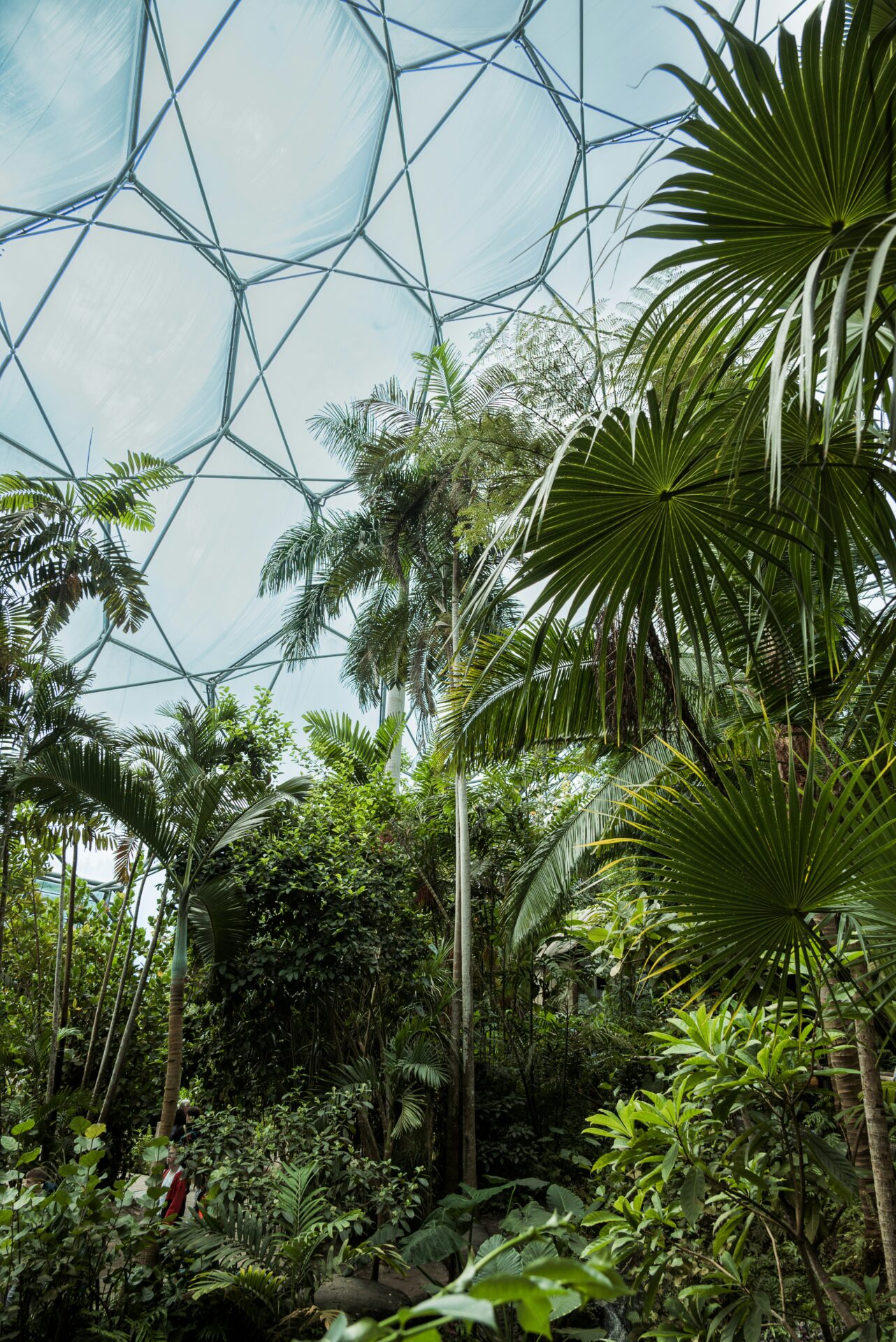
Mediterranean Biome: Sun-Soaked Landscapes and Hidden Treasures
Bright sunlight pours in beneath the glass domes, and the air is thick with the scent of herbs and blossoms. Wandering through this greenhouse feels like traveling from one famous Mediterranean place to another, all inside the Eden Project’s giant biome.
Exploring Mediterranean Plants, Flowers, and Sculptures
The paths wind between olive trees, grapevines, and tall palms. Colorful flowers—lavender, poppies, sunflowers—dot the landscape.
Signs help me figure out what I’m smelling or seeing. Rosemary, thyme, and oregano grow near the walkways, making the whole area smell like a summer kitchen.
Sculptures are hidden throughout the garden. Some are modern, others more traditional, but each one reflects the history and art of the Mediterranean.
I loved stopping to look at a steel sculpture shaped like a leaf, and a mosaic bench that told a story with its patterns.
This biome is more than a greenhouse; it’s a living collection of Mediterranean regions, including plants from California, South Africa, and Australia too. Every turn offers a new chance to see or learn something.
Sometimes I’d spot a citrus tree heavy with fruit, or a patch of artichokes growing right beside the path.

A Relaxing Visit: Cafes and Chic Corners
Between beds of flowers and sculptures, I found cozy cafes selling snacks, pastries, and cool drinks. The Mediterranean Biome has a relaxed vibe, and the café areas fit right in.
Sitting at a table beside palm trees, I sipped lemon juice and tasted local bread with olive oil.
Favorite café treats I spotted:
- Fresh-baked focaccia
- Local cheeses
- Sun-dried tomato salads
- Fruit tarts
Small seating areas and shaded corners invite visitors to pause and just enjoy the view. Some spots have benches surrounded by potted herbs, while others overlook gardens and sculptures.
The cafés aren’t just places to eat—they’re part of the whole experience. After wandering the sun-soaked biomes and finding hidden art, relaxing in a café really makes the Mediterranean world of Eden feel complete.

Outdoor Adventures and Unforgettable Events
From family festivals to skating on glistening ice, the Eden Project keeps surprising with year-round excitement. Just beyond the domes, I found hidden gems in the Cornish countryside, offering even more to explore.
Seasonal Family Events and Festivals
Every season brings something new at the Eden Project. In spring, I joined a colorful Easter egg hunt where kids ran through the gardens, laughing as they searched.
Summer felt alive with music festivals, food stalls, and art workshops. I even saw world-famous bands playing against a backdrop of stunning plants.
For families, special events keep everyone entertained—storytelling sessions, hands-on crafts, and more. During the winter holidays, the whole place sparkles with lights, giant lanterns, and festive performances.
Festival Highlights:
- Live Music Nights
- Interactive Exhibits
- Food and Craft Fairs
- Seasonal Trails and Workshops

Thrills on Ice: Ice Skating at the Eden Project
A real highlight for me was lacing up my skates for the indoor ice rink. Each winter, they turn part of the Eden Project into a winter wonderland with a real ice rink.
The rink is big enough that even beginners like me had space to glide (and wobble). Warm lights, music, and plenty of laughter filled the air as families tried skating for the first time.
There were skating lessons and disco nights for anyone wanting to try something different. Afterward, I warmed up with hot chocolate and watched others twirl on the ice.
Ice Rink Details:
| Open Season | October – February |
|---|---|
| Lessons Offered | Yes |
| Café Nearby | Yes (hot drinks/snacks) |
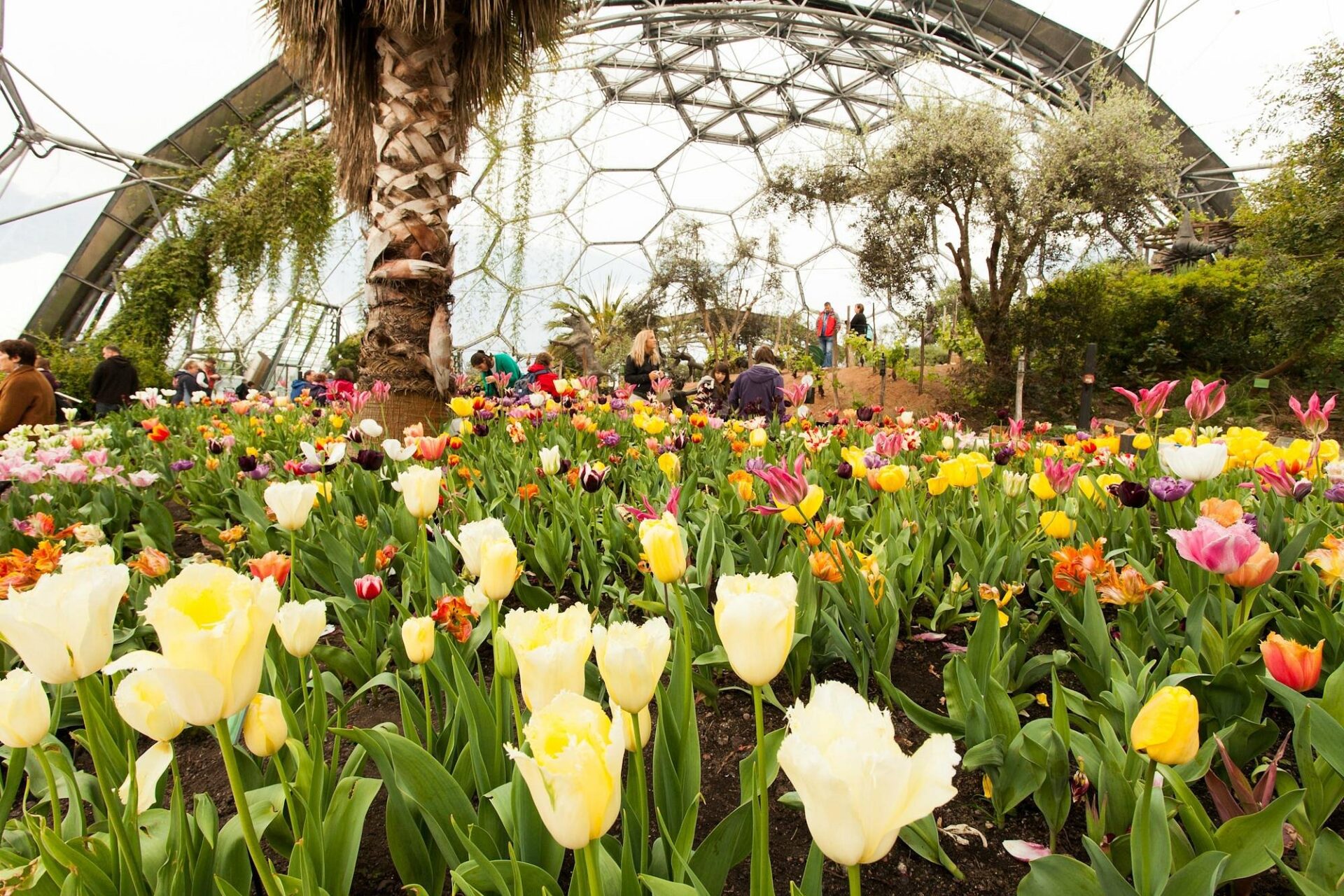
Day Trips to Nearby Treasures: The Lost Gardens of Heligan
Just a short drive from the Eden Project, I found the Lost Gardens of Heligan—an easy day trip and a must for garden lovers. These gardens have been restored from ruin, offering a peek into history and nature at once.
Trails wind through lush subtropical valleys and flowering meadows. I wandered past hidden sculptures and crossed rope bridges.
The jungle area, with its ferns and palms, felt almost as immersive as Eden’s rainforest biome—except it’s all outdoors. Heligan’s focus on wildlife and heritage farming added a fascinating twist.
Tips for visiting:
- Wear comfy walking shoes.
- Bring a camera for the unique sculptures and viewpoints.
- Check the schedule for guided wildlife walks and seasonal events.
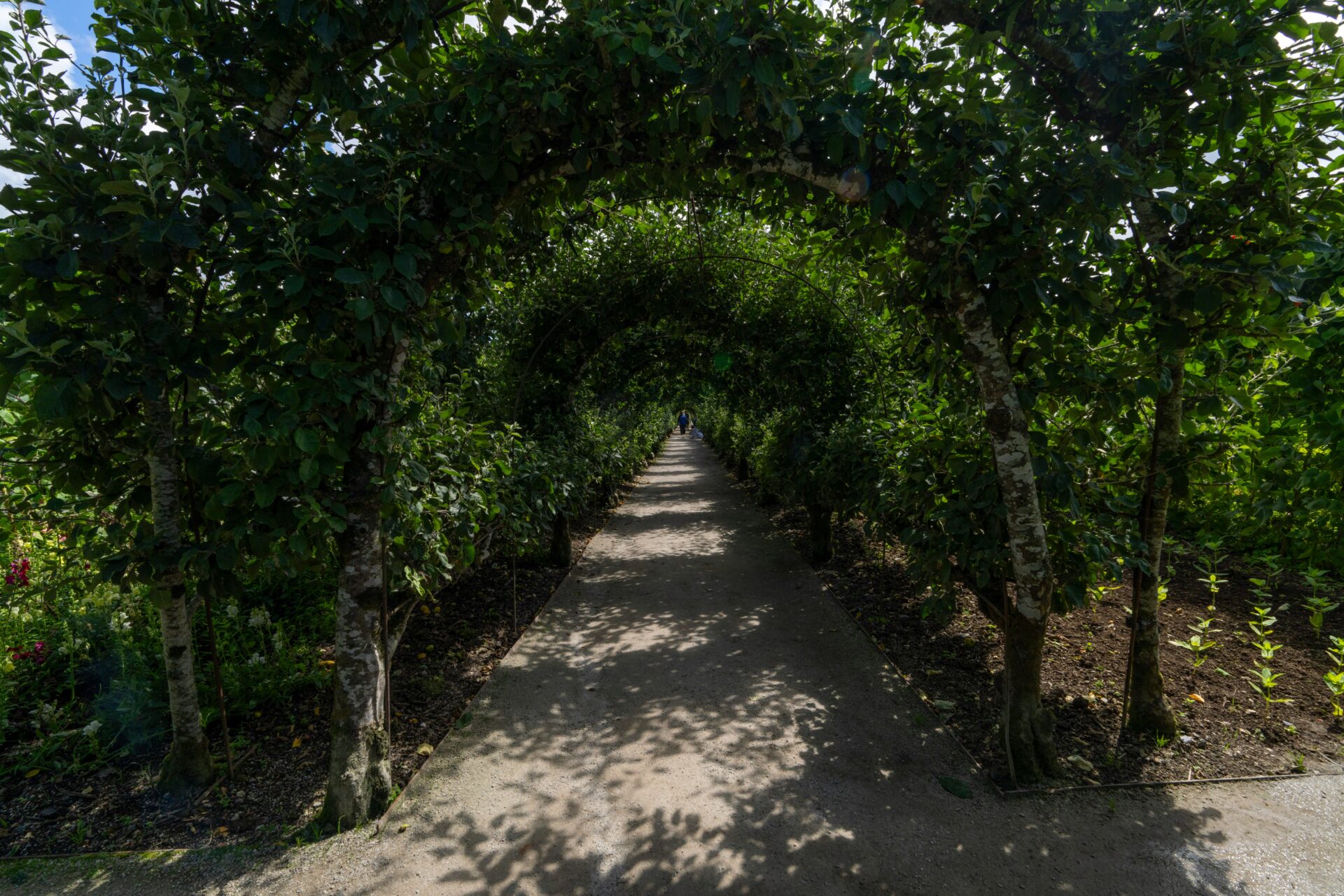
Practical Tips for Your Eden Project Journey
Visiting the Eden Project takes a little planning if you want to get the most out of the day, especially since there’s so much to see in both the Rainforest and Mediterranean biomes. Here’s what helped me get the most out of my time, from advance tickets to family-friendly advice.
Planning Your Visit: Botanical Gardens and Accessibility
Booking tickets online before arriving at the Eden Project saved me time and a bit of money. Getting there early really helped—parking was easier, and the biomes were much quieter.
The site itself is large but pretty easy to navigate with clear paths and signs. The main entrance leads to the two giant biomes: Rainforest and Mediterranean, both packed with fascinating plants that really make you feel like you’ve stepped into a botanical garden from some far-off place.
For visitors with mobility needs, there are accessible walkways, lifts, and accessible toilets around the grounds. Wheelchairs and mobility scooters are available at the entrance, but it’s smart to reserve these ahead of time.
The terrain outside the biomes can be hilly, so comfy shoes are a must. Water bottle refill stations and plenty of shady spots for resting make a big difference, especially on warm days.
Eco-friendly tips and reusable cup discounts are a nice touch—every effort counts in a place built for sustainability.

Reviews and Traveler Insights from Tripadvisor
Before I went, I spent a good chunk of time scrolling through Tripadvisor reviews. Honestly, the advice that stuck with me was all about pacing yourself—especially if it’s your first visit. A lot of folks recommended hitting the Rainforest biome early, before the crowds and humidity take over.
People kept raving about the treetop walkway and that waterfall in the Rainforest. I checked them out, and yeah, they totally lived up to the hype.
Some reviewers complained about pricey food, so I brought my own snacks. Still, I have to admit, the variety of local and healthy options on site surprised me—in a good way. Quite a few people seemed to appreciate that, too.
A handful of guests said the lines get ridiculous on busy weekends, especially during school breaks. If you can swing a weekday or go during quieter months, it sounds like you’ll have a much smoother experience.
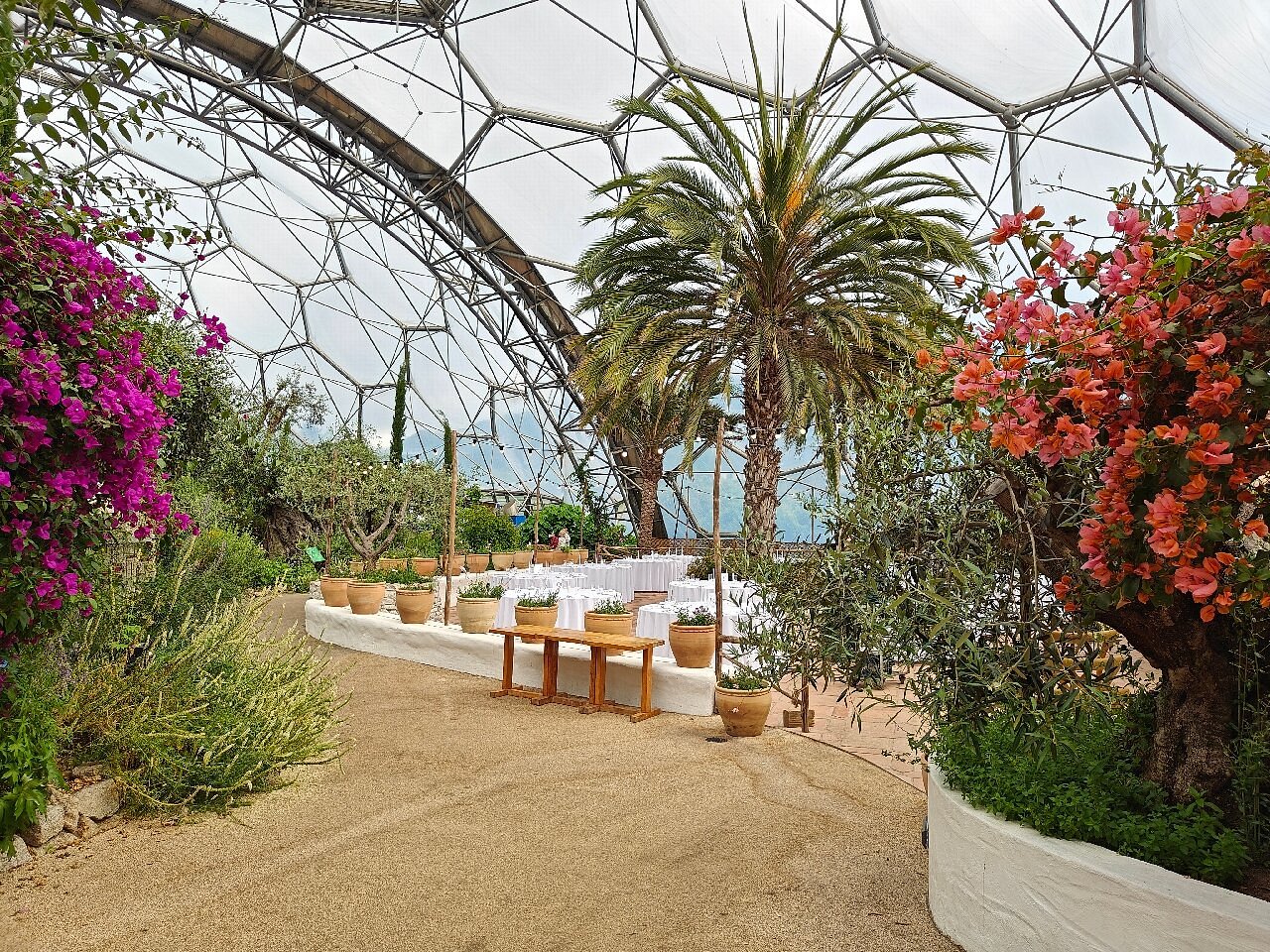
Traveling with Children: Memories with My Daughter
I think one of the best parts of our trip was seeing the Eden Project through my daughter’s eyes. She absolutely loved the canopy walkways and those little play areas tucked between the gardens.
We found this special trail for families—there were stamp stations and hidden clues everywhere. She kept talking about “jungle exploring” for days afterward, which honestly made me smile every time.
I spotted baby-changing facilities, children’s menus, and plenty of family-friendly toilets. The signs made everything easy to find.
Bringing a stroller worked out well since the paths are mostly wide and smooth.
We spent extra time listening to the guides share fun plant facts. My daughter even got to plant a seed in the family Discovery Zone.
At one point, we just sat in the Mediterranean biome with ice cream. That was a highlight for both of us.
She still talks about the giant sunflowers and the way those lemon trees smelled.

